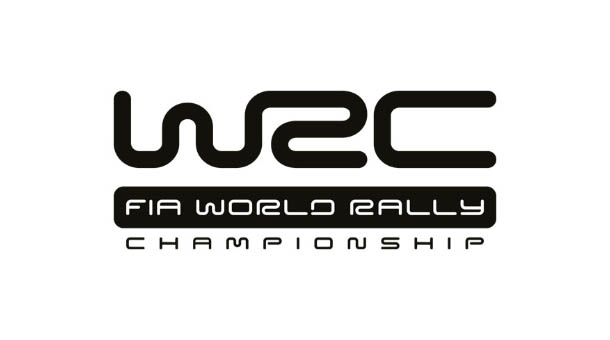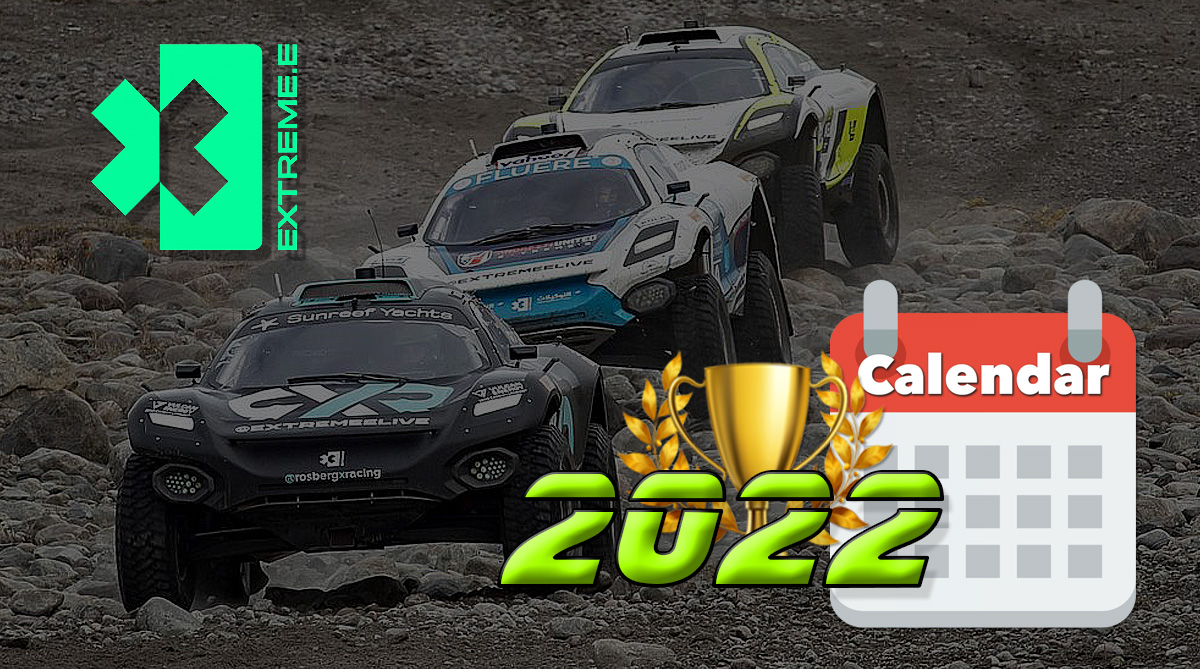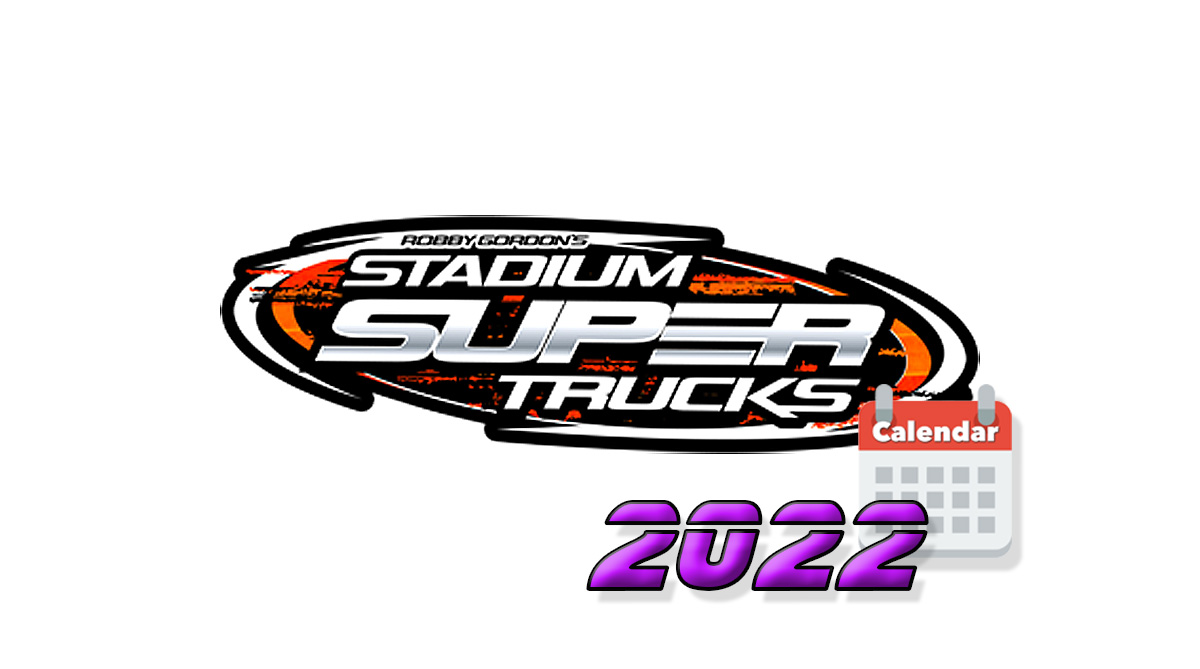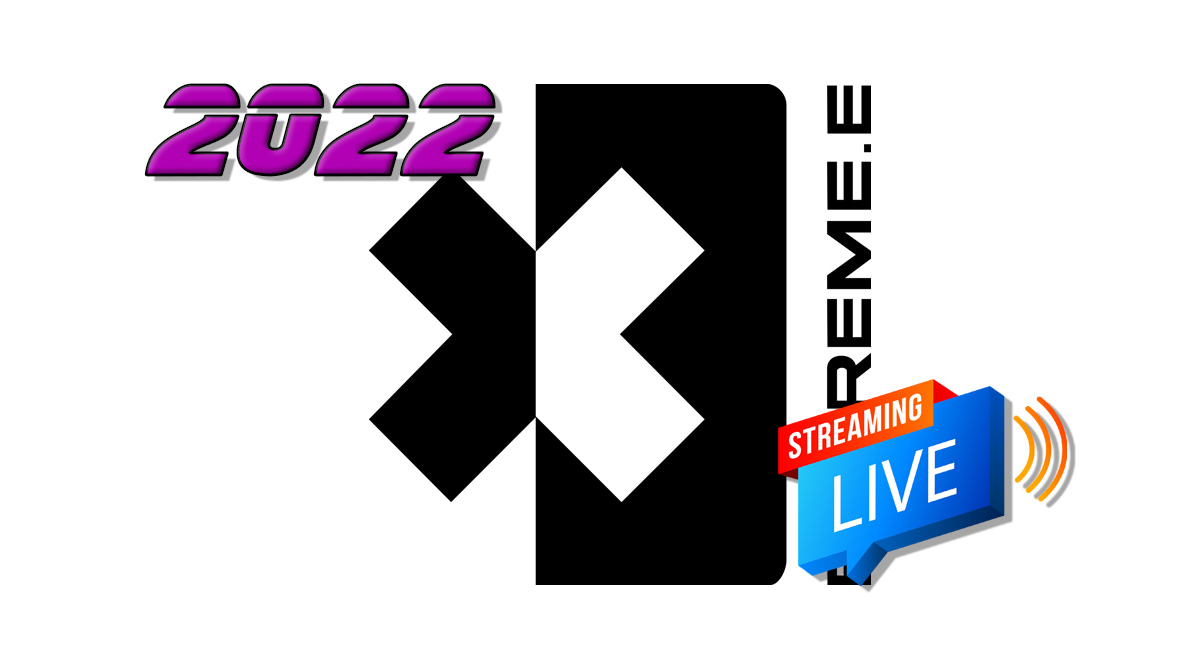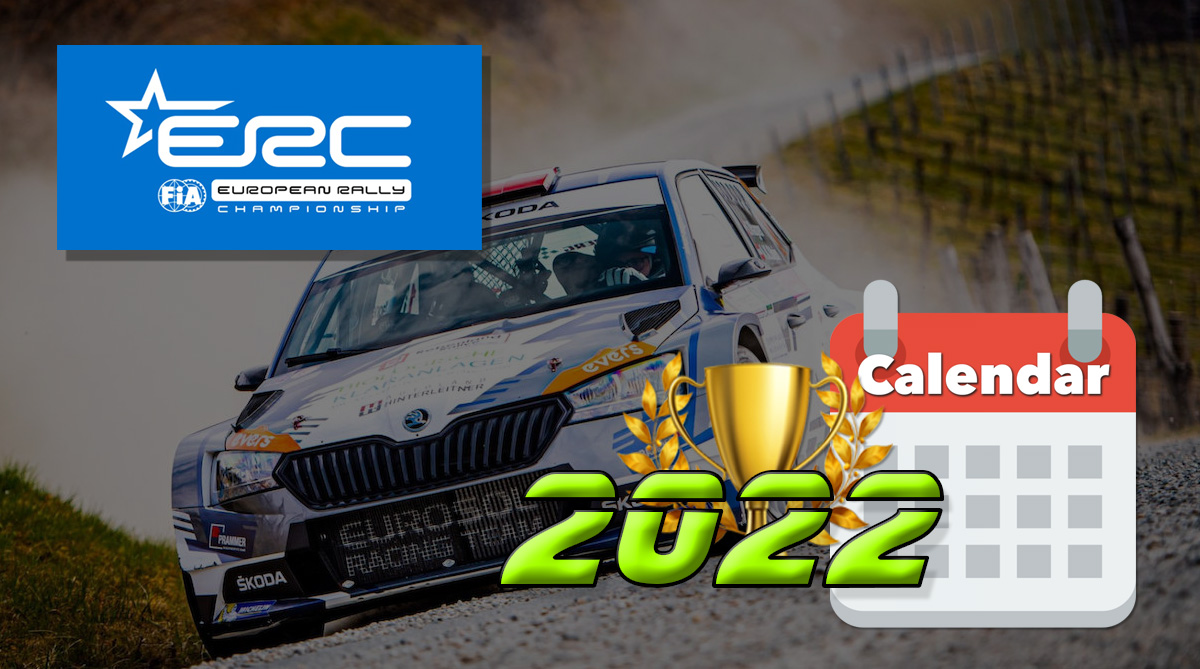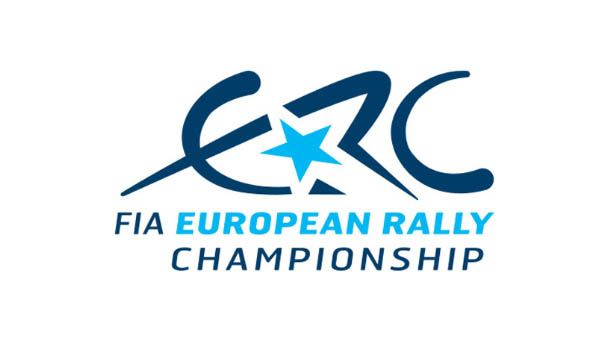Along with F1, the FIA WRC (World Rally Championship) is the most popular rally series in modern motorsport. It originates in 1973, although such races have been held since the beginning of the twentieth century, with the first cars coming.
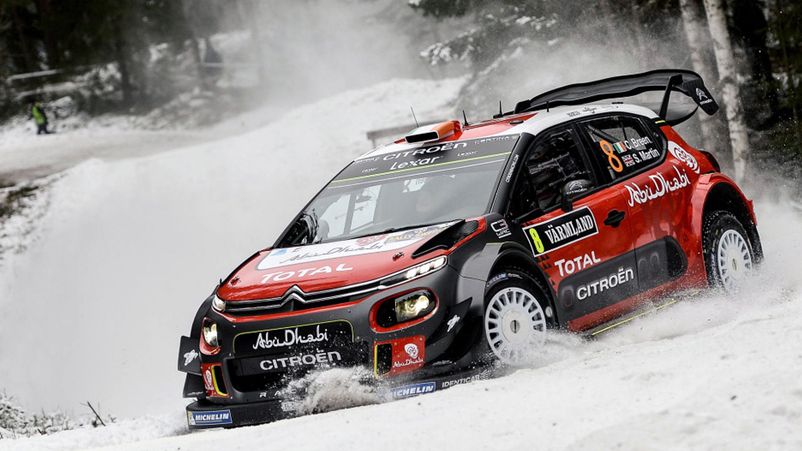
DESCRIPTION OF FIA WRC
World Rally Championship is an especial kind of touring car racing. The routes are laid along ordinary roads, where time is recorded at control points. Points are awarded for the passage of special stages (SS or ADD), on which cars move at the maximum possible speed. Between them, they move in compliance with traffic rules for a certain time.
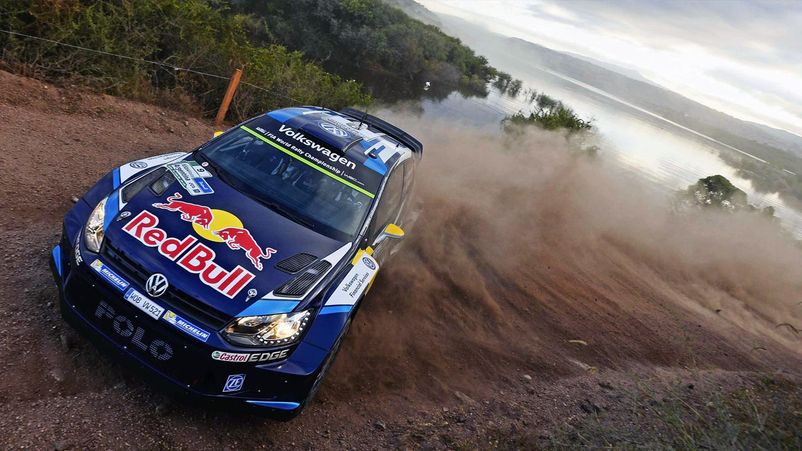
The official FIA WRC rules allow the participation of various cars. Most of the participants are teams using serial cars, specially prepared for the rally by modifying all components - starting from the engine ending with the suspension.
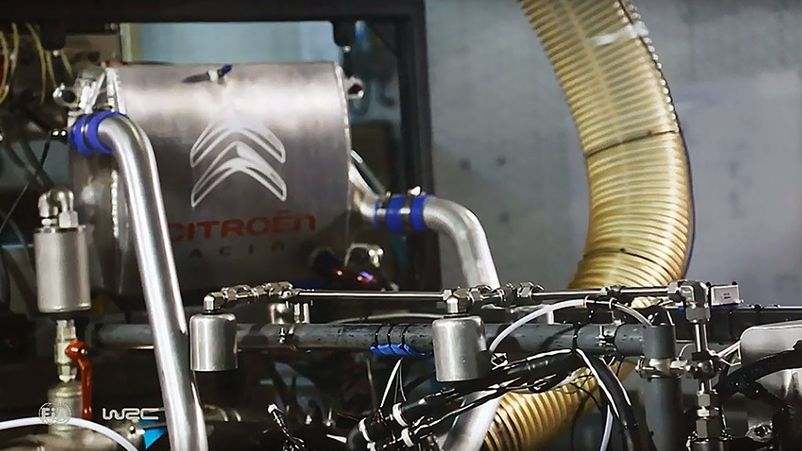
STORY
Early WRC history
Races between cities became popular in France almost immediately after the manufacturing of the first cars. The first race is considered to be the Paris-Bordeaux-Paris race, which was won by Emile Levassor, who was driving at an average speed of 30 km/h. Similar races were held in Germany and Great Britain. For the first time, the term "rally" itself was heard at the race in franch Monte Carlo in 1907, this stage is still popular till nowdays. The increased speed and the quantity of injuries among riders led to a ban on this type of racing and for a while they migrated to specialized tracks.
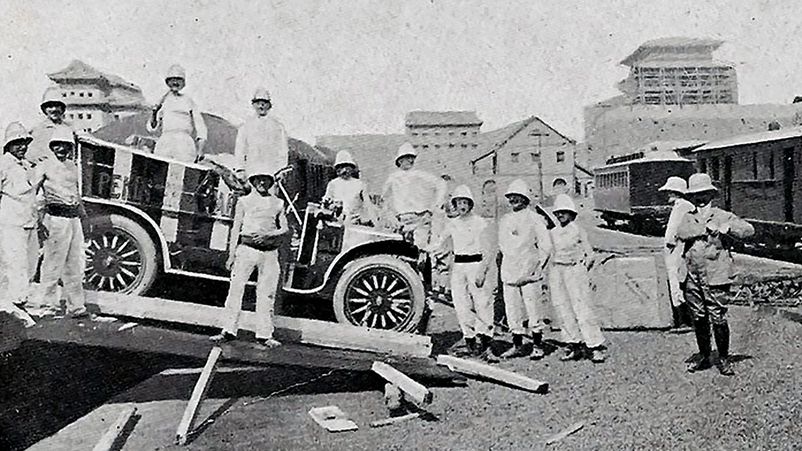
After a lull during World War I, racing associations began to emerge in most European countries in the 1920s. Dangerous and spectacular alpine stages in Switzerland, Austria and Italy were popular. New rallies have appeared in France, Britain, Ireland, Sweden. Interest was caused by the Italian race "Mille Miglia" with a length of 1000 km Brescia-Rome-Brescia and a similar race in Ireland - "Liège Rally".
After the Second World War, a modern competition system was formed. The famous stages as Rally Sweden, Rally of the Thousand Lakes in Finland (1000 Lakes Rally or Rally Finland), Rally Acropolis in Greece appear.
60-90 years
This period began with the dominance of the Austin Mini, British cars. He was distinguished by a relatively low-power engine, dominationg ont the "Monte-Carlo rally". The Mini showed the big manufacturers that on a twisty rally track, cornering is the most important parameter.
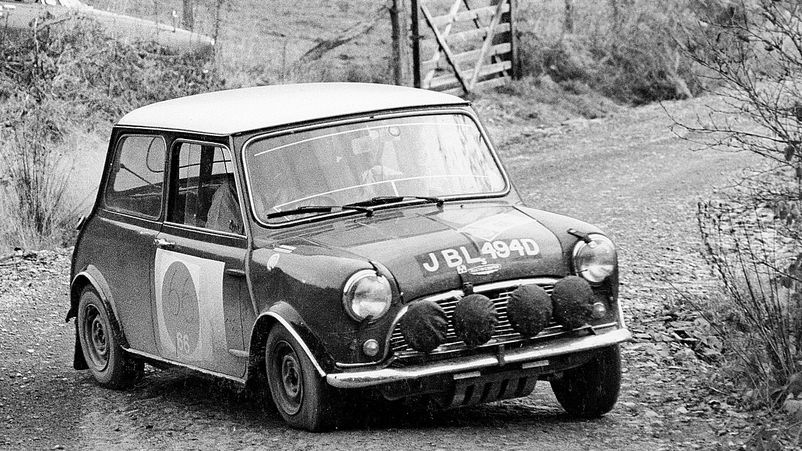
In the 70s, the palm passed to the Vauxhall (Opel) Cadet and Ford Escort. These rear-wheel drive cars (RDW) were able to combine high maneuverability and dynamics. Another hegemon of this period is the winner of the seasons from 74 to 76 Lancia Stratos, with a Ferrari engine, mounted on a fast chassis.
The coming 80s were marked by the appearance on the stages of the Audi Quattro WRC with a powerful turbocharged engine and all-wheel drive. Even with the out-of-balance suspension, the new Audi confidently dominated the rally stages. In the same years, the 500-horsepower Peugeot 205 T16, Ford RS200 were noted. Another legendary car Lancia Delta Integrale - which became the undisputed champion from 87 to 92, this record still remains unbeaten. In these years, the Renault 5 Turbo was also remembered with the engine set behind the pilot and an ideally located center of gravity.
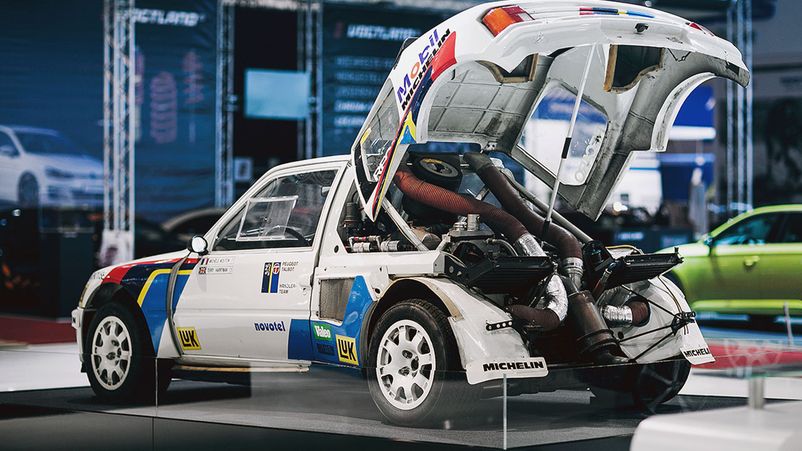
From 1982 to 1987, the so-called Group B participated in the competition, with no power restrictions. It was closed due to the abundance of crashes during the competition. Only group A remained in the WRC, where cars with characteristics close to production models competed.
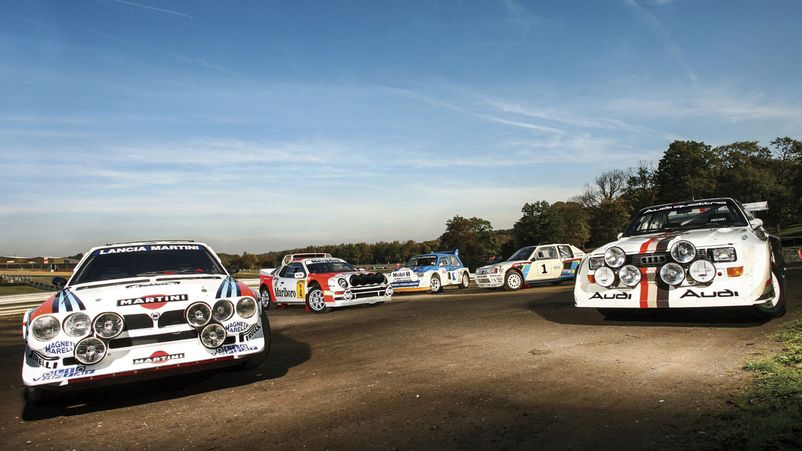
The coming 90s were a triumph for Japanese cars. First, Toyota showed itself, then successful models from Mitsubishi and Subaru appeared, they were competed by the revived Ford Escort, as well as the Peugeot 206.
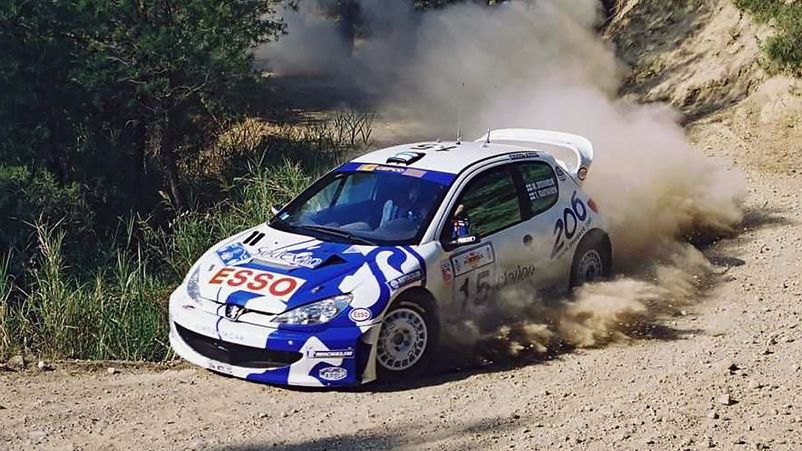
In the 2000s, Citroen took over the WRC, with the Xsara and C4 models adapted for rally racing. Ford Focus periodically competed with them. Currently, Hyundai, Toyota, Volkswagen have joined them.

RACE TRACK IN WRC
All race tracks must be approved by the International Automobile Federation (FIA) a few months before the racing season start. The regulations are handed over to all participants of the current championship, including stages, routes, and other information on the competition. During the stage, two days are allotted to get acquainted with the special stages. One more day is provided for the preparation and testing of equipment.
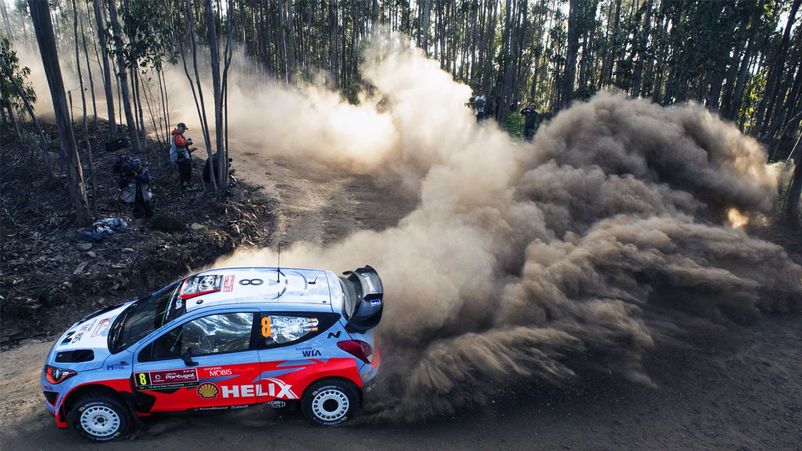
The track contains from 25 to 15 stages (including specials) where the main points are played. The one WRC stage is held for 3-4 days, with the participation of factory teams consisting of two racing cars (one pilot and one navigator in each car). On the day of the competition, the participants start in the order of their position in the standings, first the crew going first (which took first place according to the results of the last race), then the rest. There are about 60 cars on the track (including other racing categories). Along with the factory teams, private traders take part in the competition.
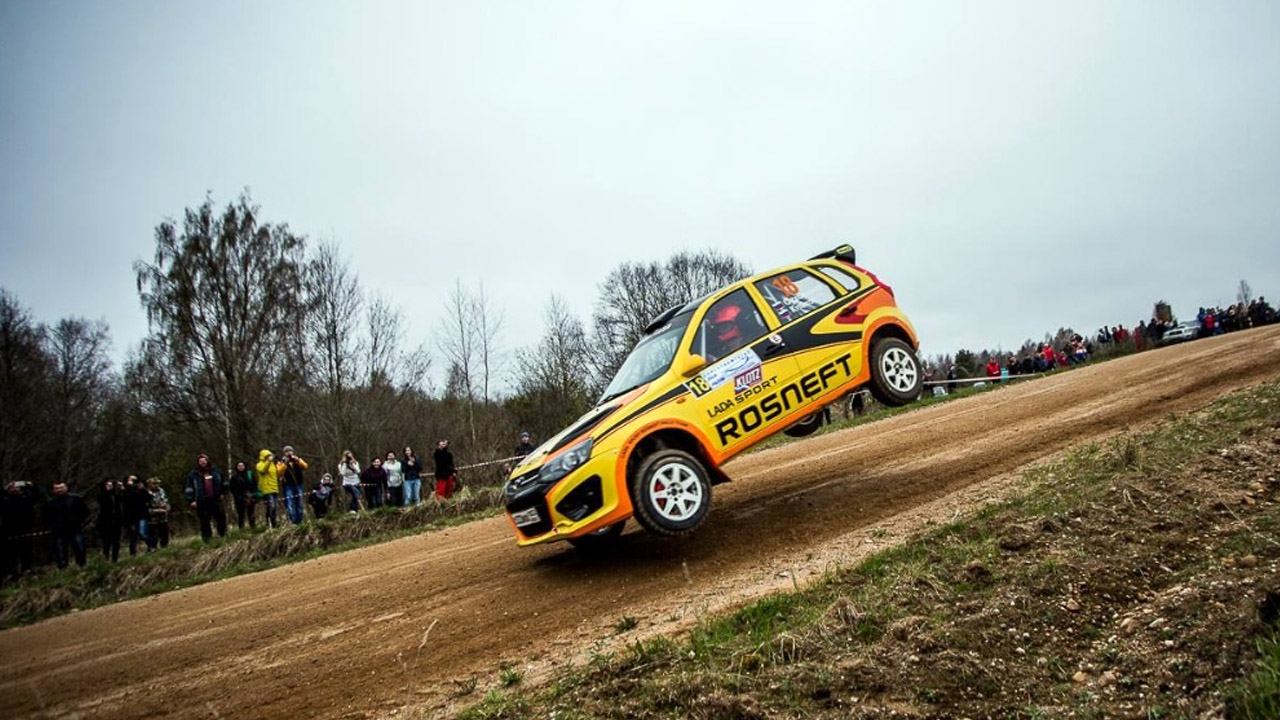
Familiarization with the track
Each race track has its own unique profile. The crew of the driver and navigator get to know her immediately before the competition. Passage through the special stages is carried out twice, in a regular car, in compliance with the rules of the road. During the race, the pilot taking part in the stage tells the navigator about the features of the track, and he writes down the transcript in a special journal - a legend (road map). The navigator's notes are of key importance for the correct passage of sections at top speed, on a sports version of the car.
- Road map can be provided to the team by organisators before the stage or it can be created by the intelligence team (led by the pilot's navigator) during the free-practice (depends on stage).
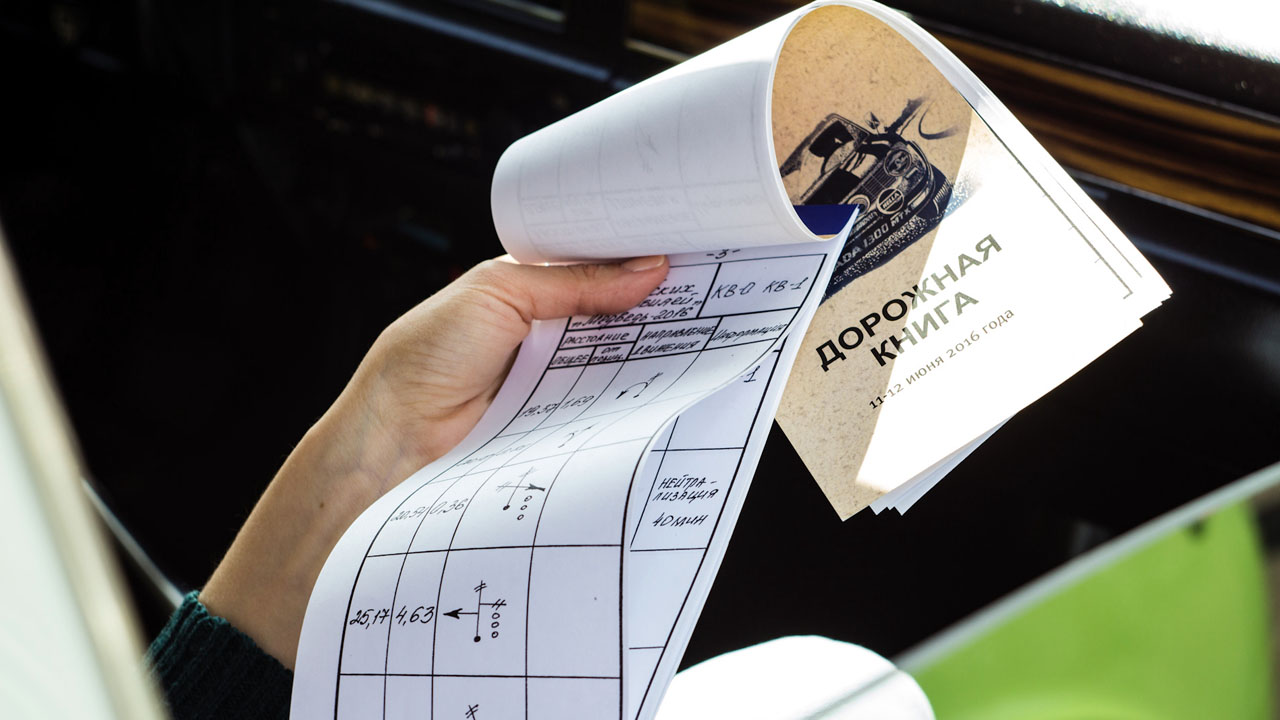
Special stages
A special section is a part of a rally track that is driven at maximum speed in order to show the minimum time. It is laid on roads of different quality - asphalt, gravel, snow and ice. The rest of the rally will be held on ordinary roads, at this time they are blocked for civilian vehicles.

The standard stage of the WRC includes 25 special sections, overcome over the course of three to four days. The remaining parts of the route are called road sections. At different stages of the World Rally Championship, the distance of the special stage can vary from 2 to 60 kilometers. When it passes, the referee team records the time with an accuracy of 0.1 s. During the day, the peloton covers up to 150 km, 30% of which are special stages.
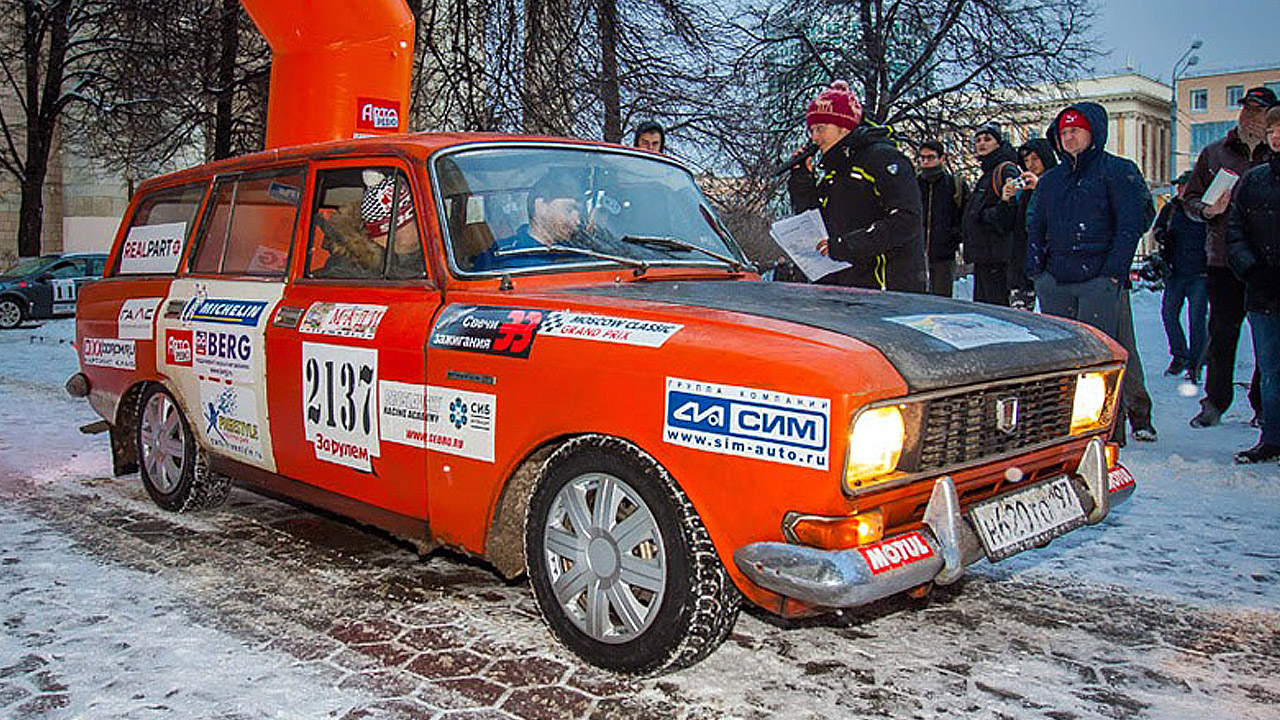
TECHNICAL REGULATION WRC
Rally is one of the oldest automotive competitions, so its regulations have changed many times. One of the most daring decisions was the introduction of Group B - no power limit, from 1982 to 1987 called the "golden years". The existing technical regulation was approved in 2011, with changes in 2017.

Vehicles with 1.6-liter engines up to 380 hp with a turbocharger restrictor with a diameter of 36 mm are allowed. The ratio of mass and power of rally cars brings them closer to group B, but with modern control and safety systems.

The minimum weight of the WRC car is 1175 kg, the body width is up to 1875 mm, which makes it possible to install new aerodynamic body kits, the dimensions of the rear wing and diffuser have also increased. The vehicles use an active center differential, which optimally distributes traction between the rear and front wheels. All this is aimed at increasing the speed of passing special stages. Cars that comply with outdated regulations, with engines up to 330 horsepower, are also allowed to participate in the championship.

Scoring system and competition regulations
Points are awarded based on the results of each stage organized by the FIA. They are awarded in two categories - the pilot and the manufacturer. Credit points are assigned to the first ten places at the end of the stage.
For Power-stage or "Show-special stage" additional points are awarded from 5 points for the first place, up to 1 for the fifth. The best manufacturer is determined by the sum of points scored by his crews. This is a separate prestigious offset. The competition regulations are strict, for its violation a system of fines has been developed:
- 10 seconds for every minute of delay;
- 1 minute for being ahead of schedule
- 15 minutes late at the checkpoint is punishable by disqualification;
- disqualification for 30 minutes of delay at the SS and the total time of delays for more than 1 hour.
EQUIPMENT SERVICE IN WRC
Between races in the WRC, each team may visit a maintenance facility. During the passage of special stages, damage occurs, they are dealt with by mechanics under the supervision of responsible officials of the Federation. After a series of special stages, mechanics can inspect and fix problems within 15 minutes. If there is a serious damage, a decision is made on whether the car is suitable for the rally on the stage. At the end of the racing day, the cars are driven into the team pits for another 45 minutes, where the cars are inspected and repaired.
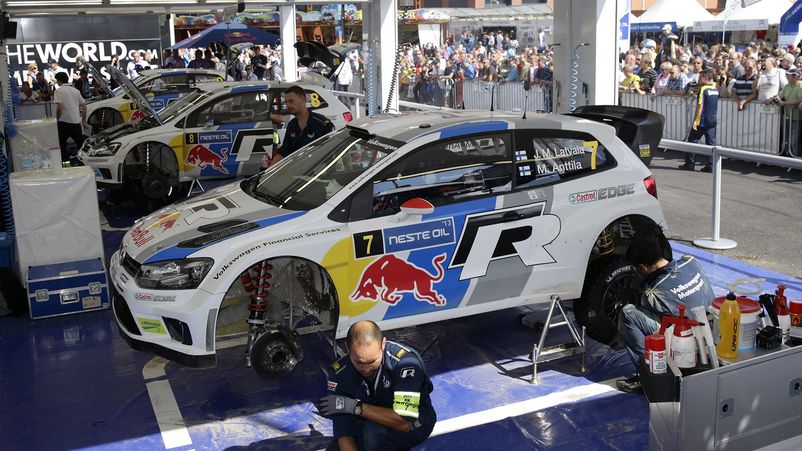
After that, they are placed in the rally parking lot, which closes until morning of the next competition day. Exceeding the maintenance time is punishable by temporary penalties, up to the removal of the crew from the competition.
TEAMS AND PILOTS WRC
During the championship, many manufacturers have been noted. They gave the world-famous cars: Audi, Lanci, Mitsubishi and Subaru. Today, the leading positions are occupied by teams acting in alliance with manufacturers. The most successful among them are:
- Citroen Total Abu Dhabi WRT (France);
- Hyundai Shell Mobis World Rally Team (Germany);
- M-Sport Ford World Rally Team (UK);
- Toyota Gazoo Racing WRT (Japan).
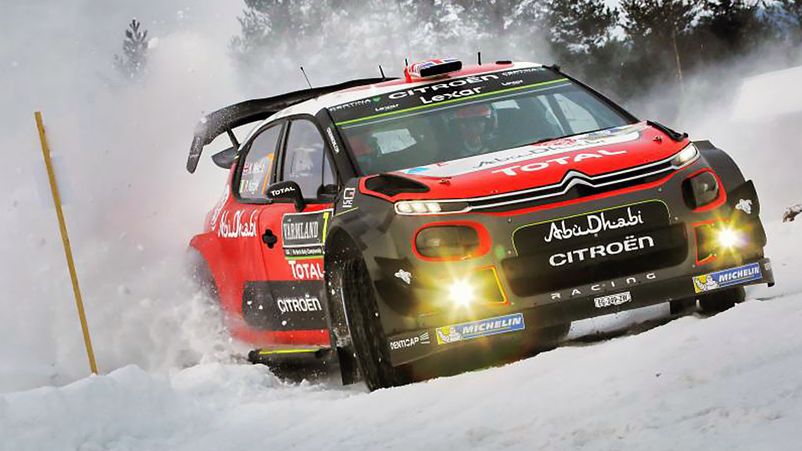
In last years, Volkswagen, Skoda, Subaru have been noted in the WRC. Representatives of private teams appear periodically, but they do not have noticeable success. Back in the 1950s, most rally participants were amateurs who were reimbursed by prize money.

Today, WRC pilots are professionally trained racers. The first of them were in 1960 the representatives of the British Motor Company team - young Finnish guys with good driving skills on different types of road surfaces. In the World Rally Championship, talented pilots of different nationalities compete for their teams. The most notable successes in this type of motorsport have been achieved by the Finns and the French - they have the largest number of winners in the overall standings. There are other famous racers - just remember the Scot Colin McRae.
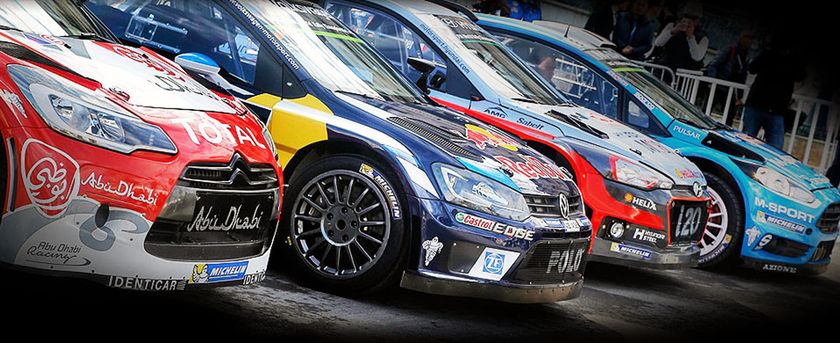
CARS AND EQUIPMENT WRC
Competitions are held in groups to increase entertainment and equalize the possibilities of teams.
Group A
The main racing category in the World Rally Championship since 1986. It includes modified serial vehicles with a homologation batch of at least 2.5 thousand copies. Improvements increase the power and torque of the engine, the suspension is strengthened for confident driving on difficult surfaces - gravel, ice, snow, is being finalized for good grip on asphalt and increased maneuverability on any surface. After completion, the car must retain common features with the conventional model.
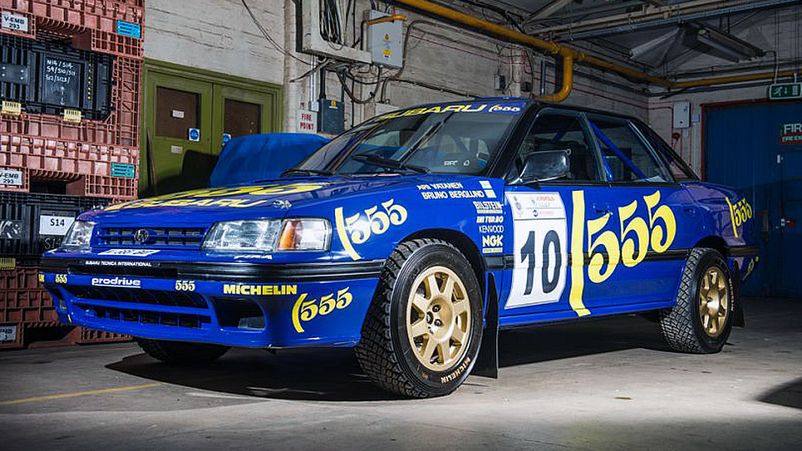
Group B
Consisted of cars with minimal restrictions of the technical regulations. For homologation, a batch of only 200 cars was required, and with further modernization, only 20 copies could be produced. The machines had powerful engines and improved aerodynamics, developing great speeds. The introduction of Group B led to a technological breakthrough, but the increasing number of fatal accidents (both riders and spectators) forced the organizers to abandon it in 1987, despite its huge popularity.
Group R
It was organized in 2008 to replace cars of Groups A and N. To get into this category, the car must be homologated in Group A, less often in group N. In addition, the car must have several original homologated modifications or components. This category includes GT class cars positioned as RGT.

World Rally Car
Cars built for rallying to FIA requirements specifically for the FIA World Rally Championship, which were introduced in 1997. Over time, the requirements have changed, now the cars are equipped with a supercharged 1.6 hp engine, a 36 mm restrictor, limiting power to 380 horsepower. The teams were given ample opportunities to improve aerodynamics, install an electronic central differential, and chassis.
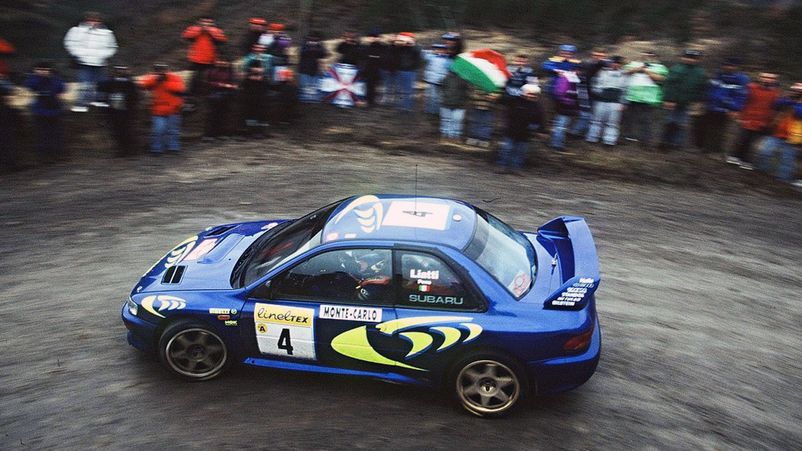
Group N
Includes road cars modified for rallying. Fitted with turbocharged engines. Homologation batch: 2,500 cars, and 25,000 copies of the regular, non-sporty version. The cars are the closest to serial production, more often this group is allowed to participate in national championships in order to equalize opportunities with local automakers.
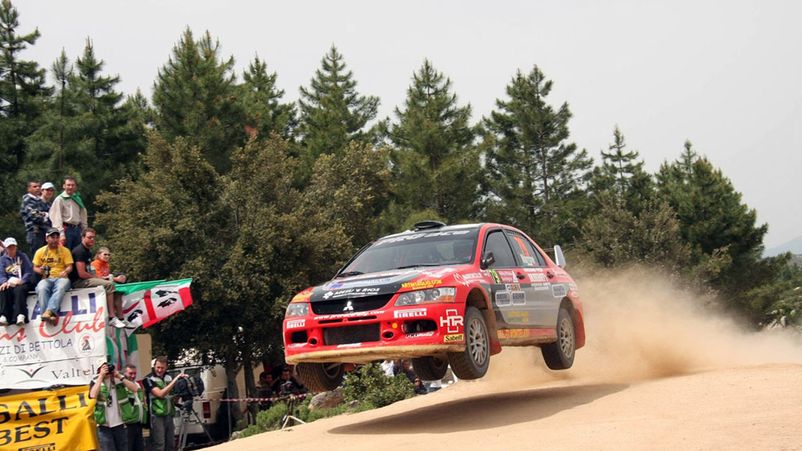
OTHER CLASSES
World Rally Championship-2
Previously called the Super 2000, it is held in conjunction with the FIA WRC. It allows cars that have passed homologation in groups Super 2000, R5, N4. The first competition was held in 2010. The machines presented in this series have limitations in the improvement of all systems - engine, transmission, chassis. To get into the overall standings, the team must take part in seven stages. Competitive points will be awarded for
the top six.
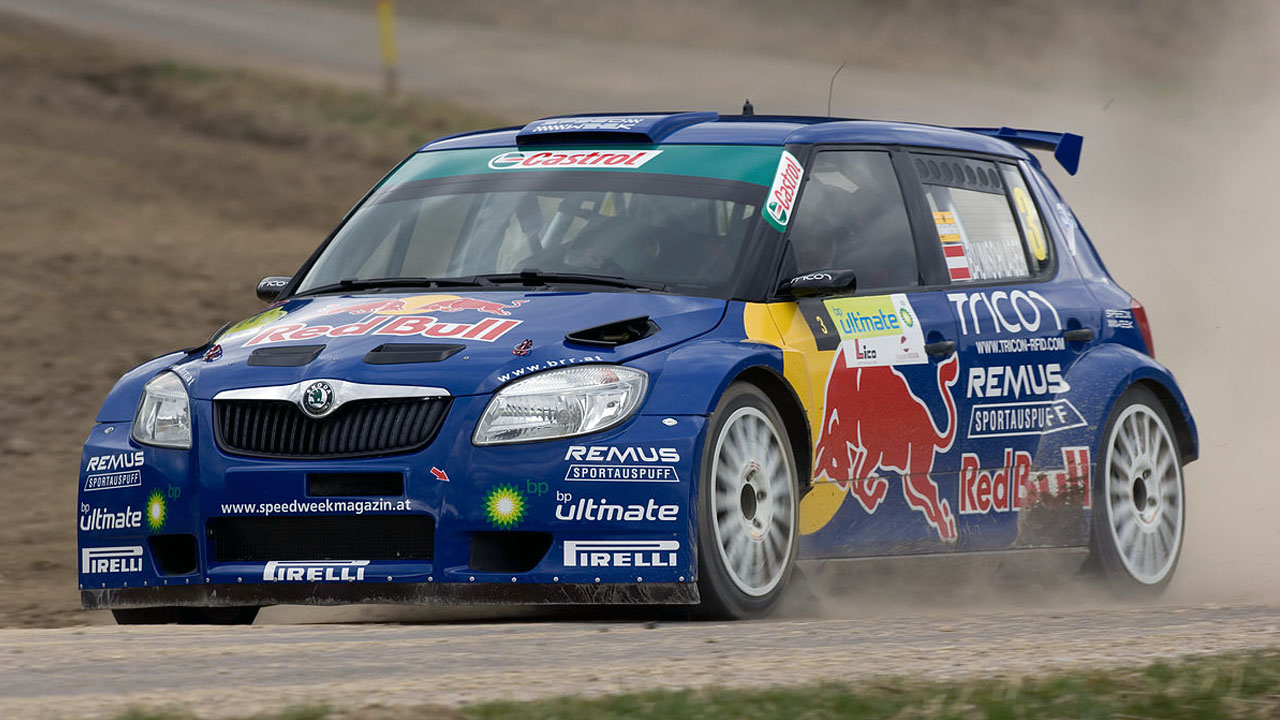
World Rally Championship-3
A racing series in which stock cars take part. It has been held since 2002 in conjunction with the WRC. The machines are equipped four-wheel drive (4×4 or 4WD) and supercharged engines with minimal modifications. This format is most used in national rally competitions.
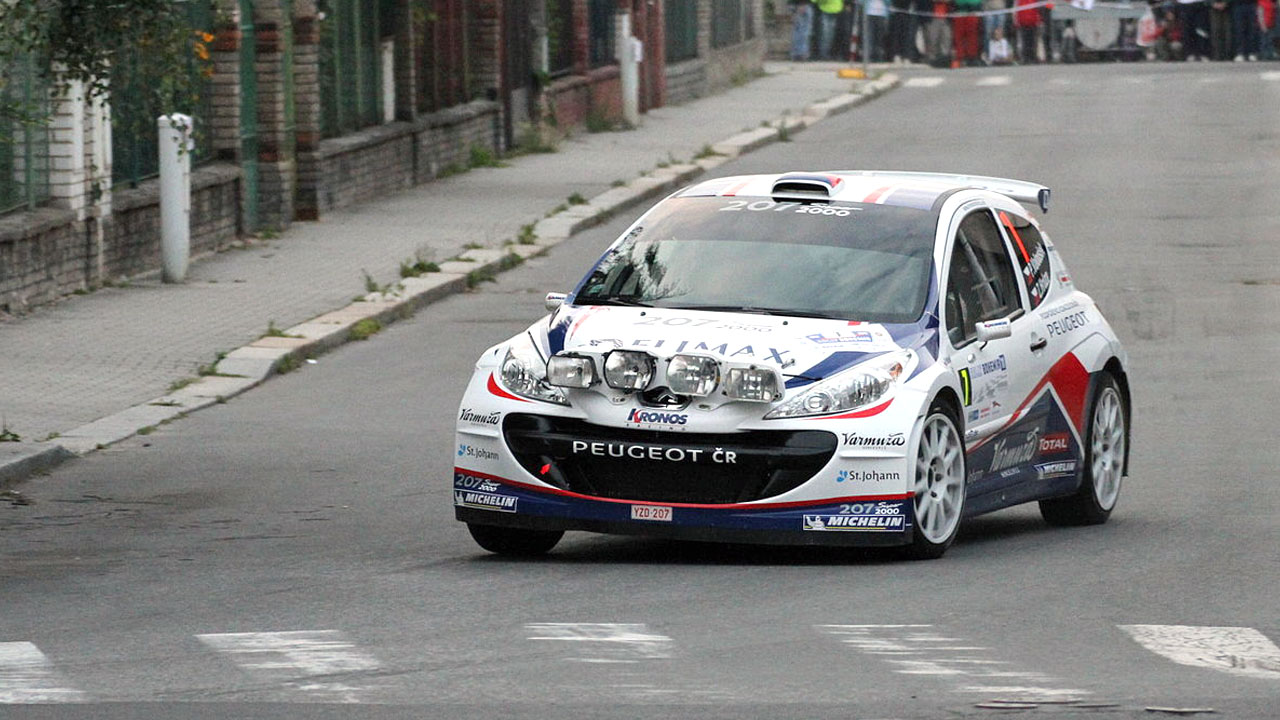
Junior World Rally Championship
A series for young pilots under the age of 26. Super 1600 compliant front-wheel drive cars are admitted. Junior WRC became a school for many of today's top drivers, including Sebastian Loeb. Since 2018, it has been decided to release racers on the track on the same cars, at the moment it is the Ford Fiesta R2T.
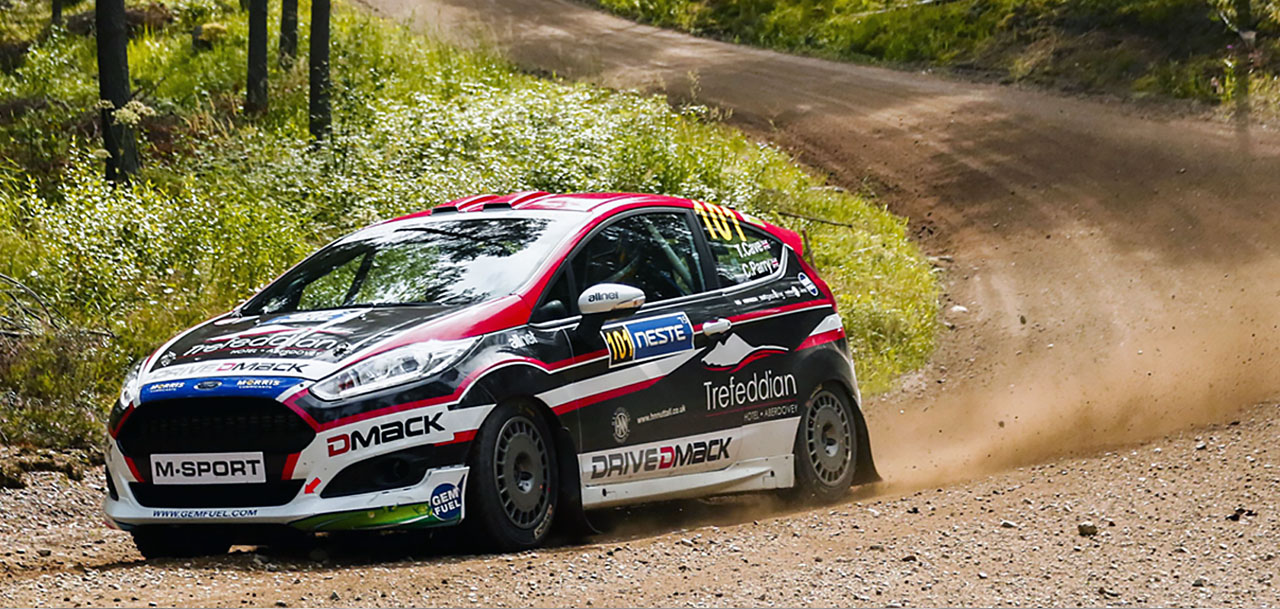
World Rally Championship Ladies Cup
The Ladies Cup was established as championship for women pilots has been held since 1990. To consolidate the position in the overall standings, it was necessary to take part in seven stages, at least one outside Europe.
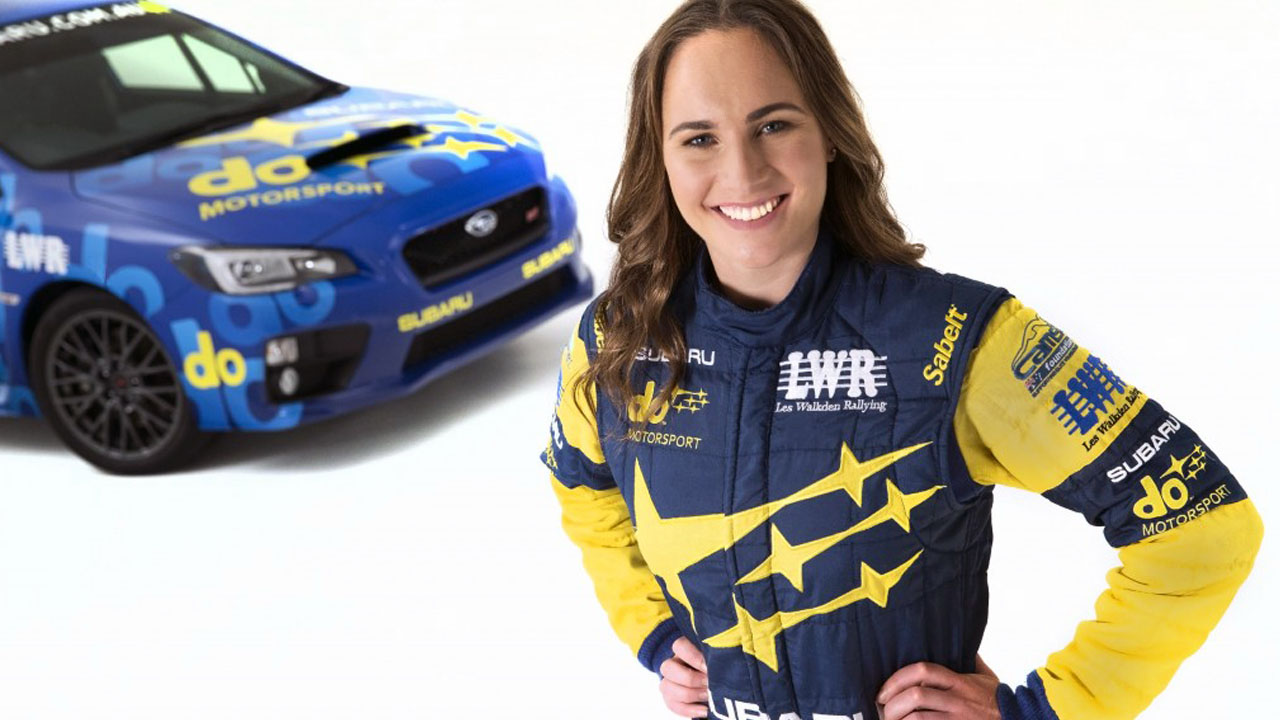
SuperRally or Rally 2
System that allows to the rider who retired from the track to continue the competition the next day. For this he is given a temporary penalty, and he competes on a general basis. Sebastien Loeb, who retired on the first special stage of the first day of one of the Monte Carlo, despite the fine, managed to climb to silver place.
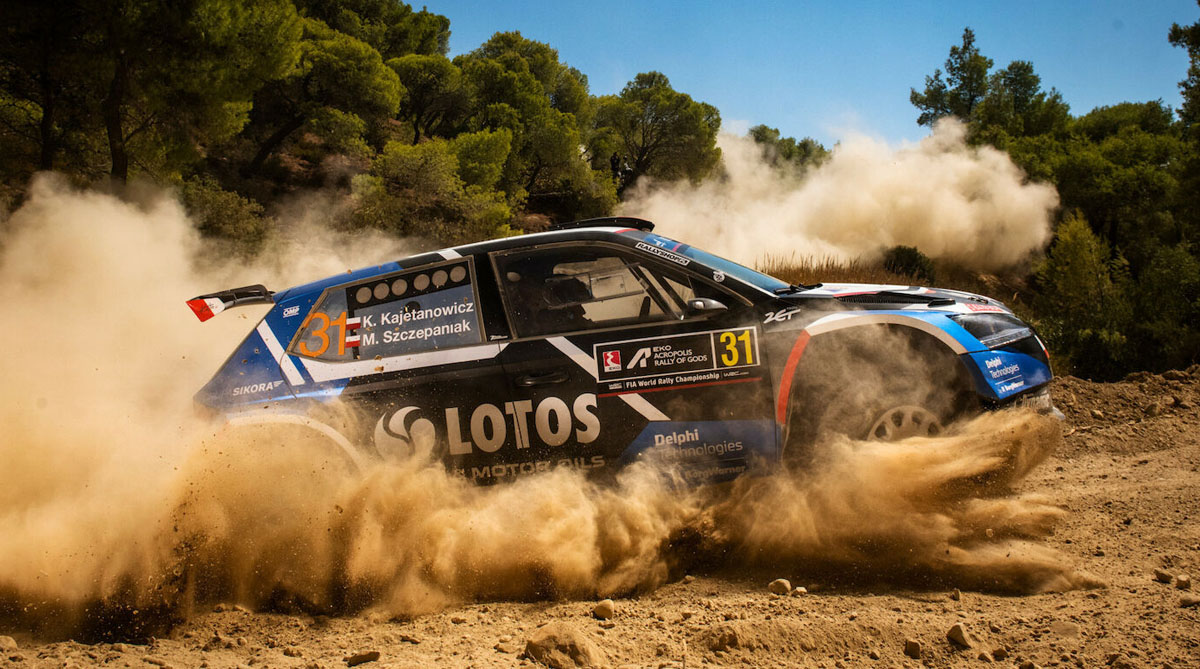
Power stage
The final race is translated as "Stage of Power". Since 2011, plays an additional five points. They are distributed from the first place - 5 points, to the fifth - 1 point. These points can have a significant impact on the final distribution of places in the championship.
FAMOUS STAGES OF WORLD RALLY CHAMPIONSHIP
The season includes stages approved by the management, as a rule there are thirteen of them. They take place in different weather conditions, different countries and continents. Each stage includes special stages with snow, ice, asphalt and gravel cover. Over the years of the championship, the especially popular with fans of this sport stages have appeared.
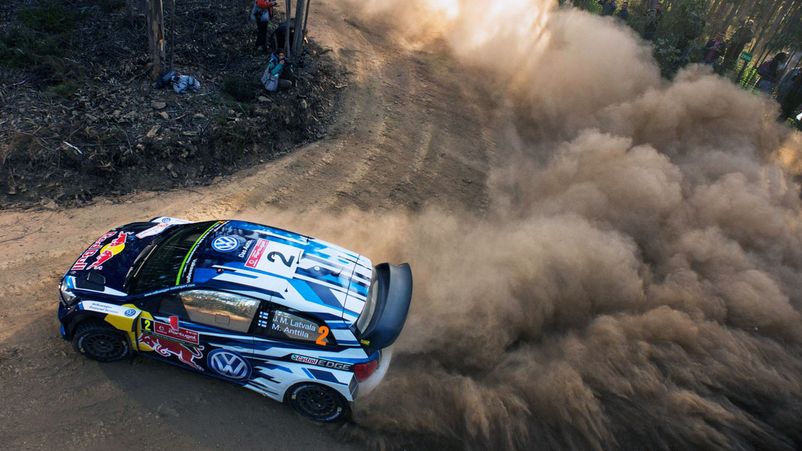
Rallye Monte-Carlo
The oldest race. The history of the Monte Carlo Rally, popular today, dates back to 1911 and takes place on the roads along the Côte d'Azur. The races are heavy due to the coverage road surface may change till one stage - dry and wet asphalt, snow-ice mixture. A change of coverage also happens when passing one segment, so the correct selection of rubber is important here. There are many sharp turns on the track, including “hairpins”, night races are held. Victory at this stage is especially appreciated in the world of rally motorsport.
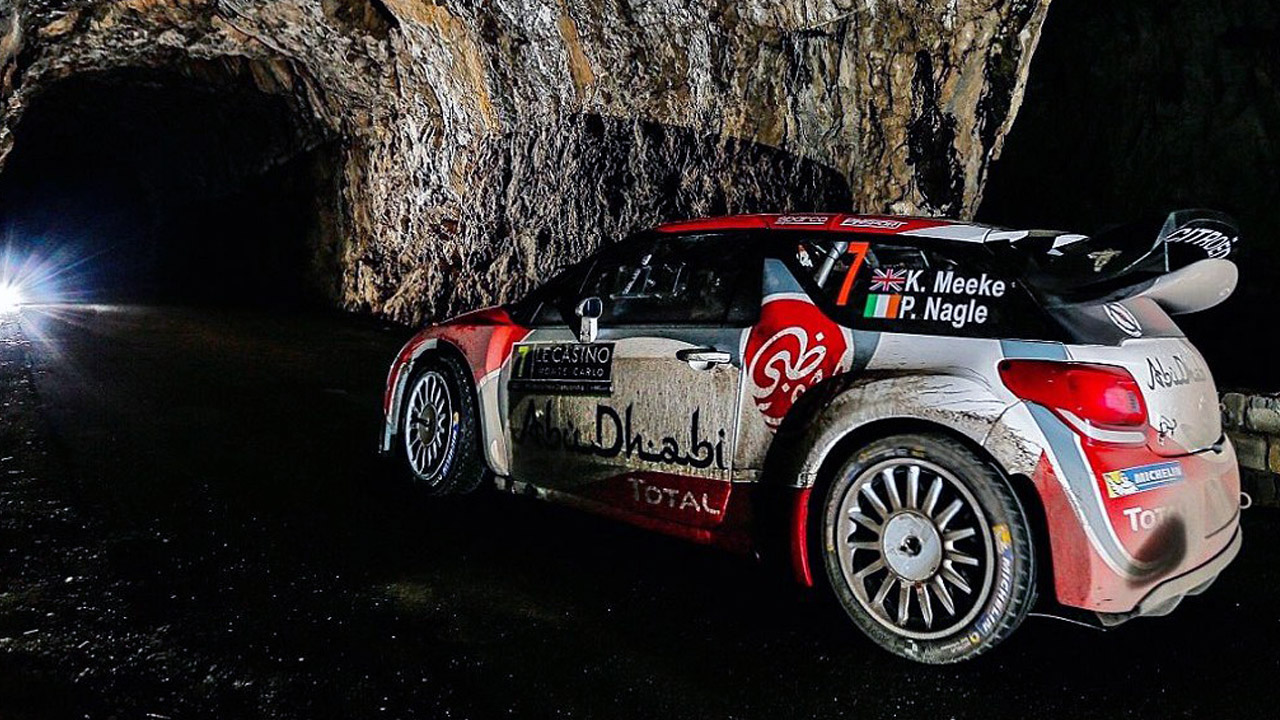
Rally Sweden
Held annually in February, the venue is Len Värmland, since 1950. The three-day competition begins and ends in Karlstad, starting on Friday and ending on Sunday. The special stages are covered with snow and ice, in most cases Scandinavian pilots, accustomed to such coverage, win them. In 1974, the Rally Sweden was not held due to the economic crisis, and in 1990 - too warm weather and lack of snow.

Rally Mexico, Rally USA (Rally America)
It was first held in the 74th (until 1985). Resurrected in 1993, it was notable for the abundance of short special stages to attract the attention of the audience. New sponsor "Rallymex" moved the stage to the neighboring US state of California. In 2004, the race returned to Mexico and entered the WRC calendar (it was not held in 2009), and since 2010, the Mexican city of Leon has become its headquarters.
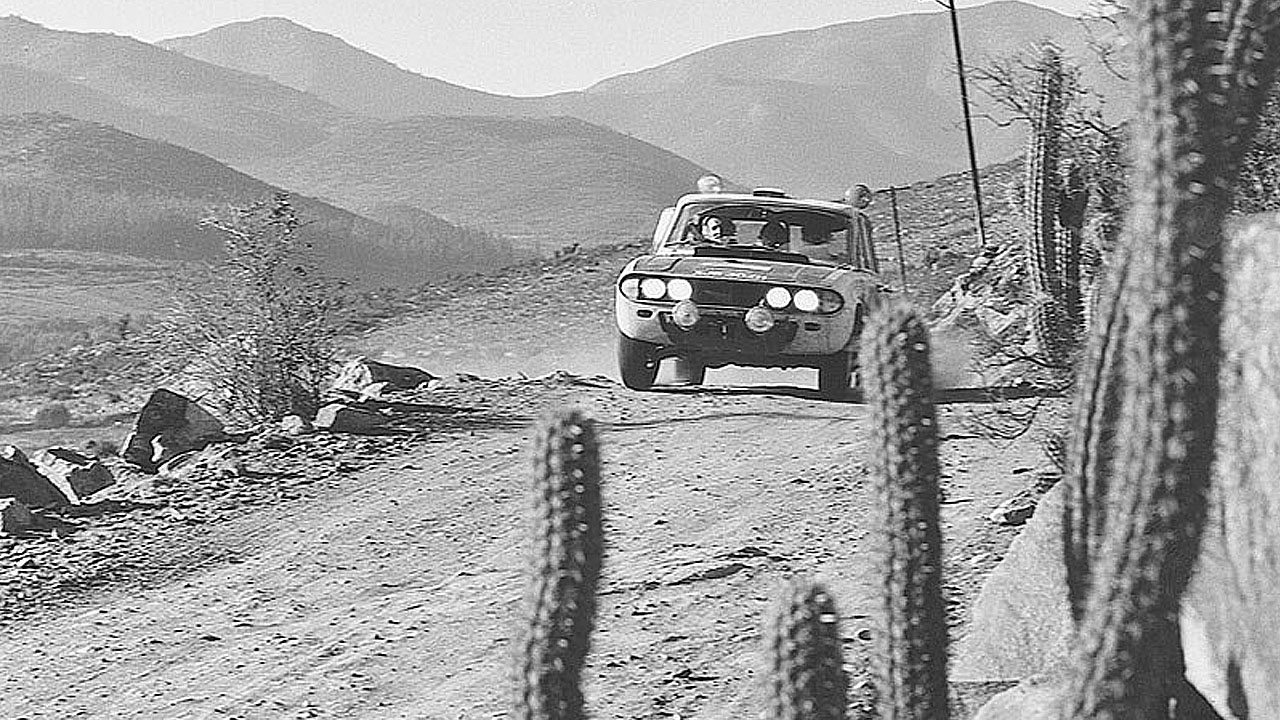
Rally Italia Sardegna
Held in Sardinia, the track acquired its modern look in 2011. Stage in Italy is distinguished by a variety of special stages. These are narrow and high-speed roads combining high-speed sections, bumps with springboards and puddles. The route alternates between smooth and gravel sections, which complicates the choice of tires and other vehicle settings. Some sections of the roadway have a soft surface, which further complicates the movement.
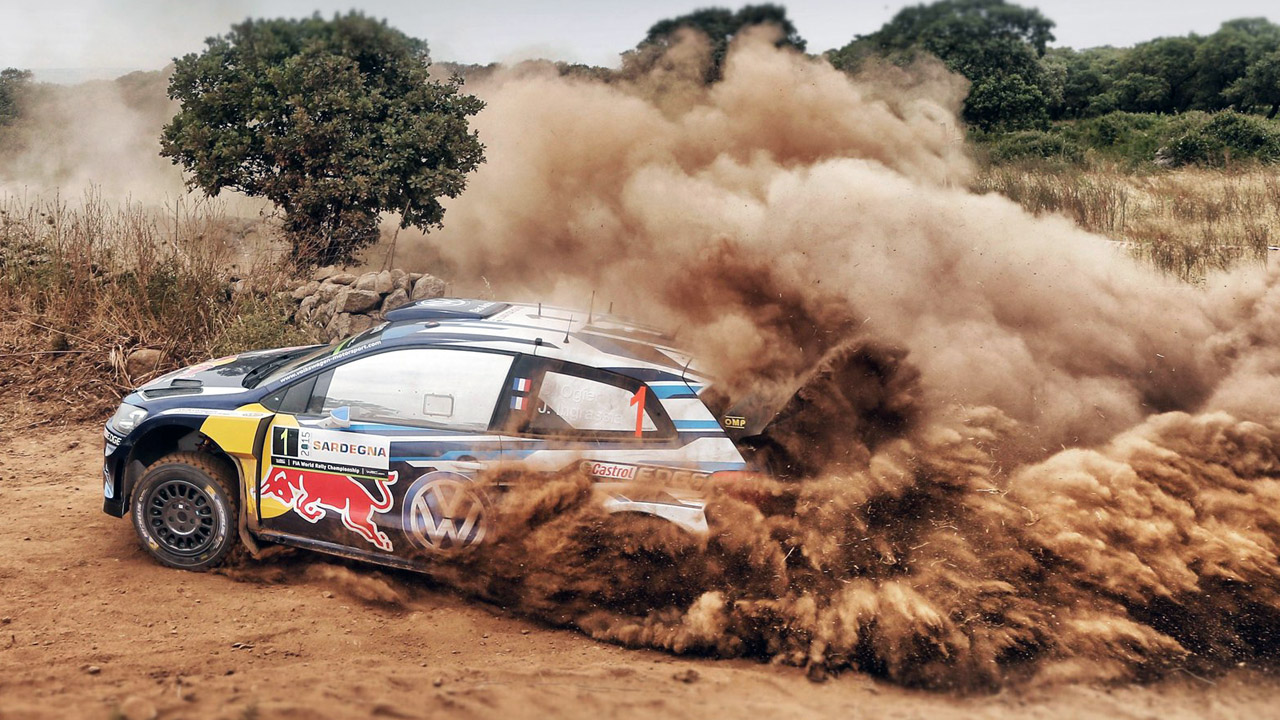
Rally China
This race was only held in 1999. In 2016, it was decided to return it to the WRC calendar, but due to difficult weather conditions, the races did not take place. Currently, it is planned to revive the stage, for which the appropriate area is selected.

Rally Poland
After Monte Carlo and Austria, Rally Poland is the oldest rally stages in the world. It was first held in 1921 and was included in the first championship calendar in 1973. Since then, it has been periodically one of the stages of the WRC, has been held steadily since 2009.

Rally Finland (Suomen ralli)
Finland is a country in which motorsport is very popular, it has given the world a galaxy of great racers. The WRC racing schedule includes the most popular “1000 Lakes” event in Northern Europe, periodically taking the Rally of the Year award. Here is the most famous special stage of the championship - Ouninpohja, a difficult track with blind turns and ramps. Special poles allow spectators to estimate the length of the car's flight, taking off from the springboard. The record is 58 m, set by Gigi Galli in a Mitsubishi Lancer.

OUTSTANDING PILOTS
Sebastien Loeb
Nine-time WRC champion 2004-2012 from France, the record holder for this indicator and the number of stage victories, points scored and prizes. He performs for Citroen, a master of asphalt racing, where he actually did not lose. There were cases of winning back after a gap of several minutes as a result of a departure from the track. Vice-champion "24 Le Mans", in 2005. Knight of the Order of the Legion of Honor.
Petter Solberg
Norwegian racer, became the world champion in 2003, taking part on the Subaru Impreza, which became her swan song in the Championship. Founded his own team, but moved to Ford in 2012. Known for his Hollywood smile in all photos, even after going off the track or a serious accident.
Sebastian Ogier
French pilot, started as Citroen number two after Loeb. But since 2011, he began to perform in such a way that he caught up with him in terms of the number of victories in the season. This led to a conflict, as a result of which Ogier left for Volkswagen and in 2013 became the world champion on the VW Polo, after which he does not concede the championship, even moving to Ford in 2017.
Jari-Matti Latvala
Racer from Finland, one of the fastest in the WRC series. Characterized by the absence tactical thinking - even if he wins a minute from the nearest competitor, he continues to go to the maximum of his possibilities. This leads to the fact that often turns the car several kilometers before the finish line. The most notable crash was 100 meters from the finish line at the 2009 Rally Poland. Regularly enters the top three winners at the end of the championship.
Mikko Hirvonen
Another Finnish pilot. Came to rally as a private driver, but eventually moved to Ford. Competed with Loeb, in 2011 he had real chances to take the crown, but an accident in Britain prevented him. The next year, he moved to Citroen, and in 2014 he returned to his native Ford again, in the same year he ended his career. He is known for interesting videos filmed at the stages of the World Rally Championship.
Colin McRae
The representative of Scotland, is known for numerous victories and accidents. Became the champion in 1995 on Subaru. He gained popularity for his spectacular driving style, and the ability to win even with a damaged car and with health problems after leaving the track. In 2007, he crashed in his helicopter. There is a car simulator of the same name - "Colin McRae Rally", transformed into "DIRT" (by Codemasters).
Markus Gronholm
Finnish world champion. In 2000 and 2002 he performed for Peugeot. He has a special style of giving interviews, calling everything by its proper name. After winning Rally Finland with a broken gearbox, he stated that:
Three-speed transmission is sufficient on this machine.
From 2004 to 2006, he drove a Peugeot 307, in which something broke, or a wheel fell off almost at every stage.
Gigi Galli
Italian pilot, beloved for his humor and non-standard communication with the navigator. Can "give him a bream" during the passage of the special stage or get into a fight at the end of it, if he did something wrong. Record holder in the length of the span from the ski jump to Ouninpohja.
